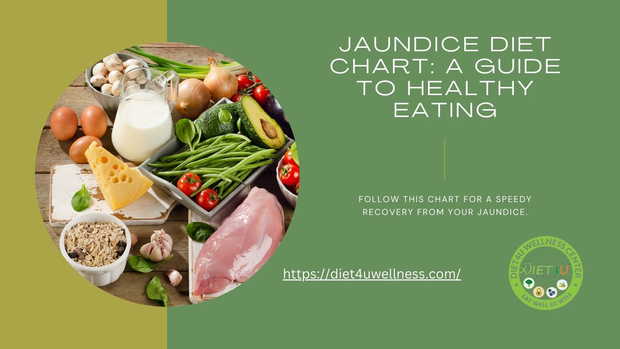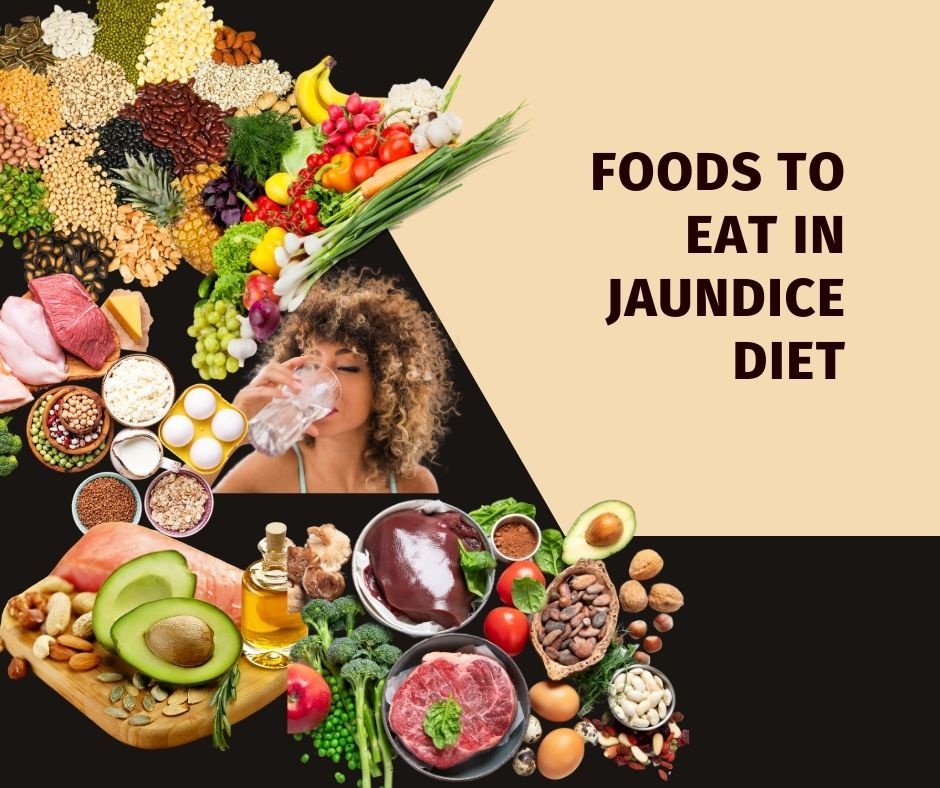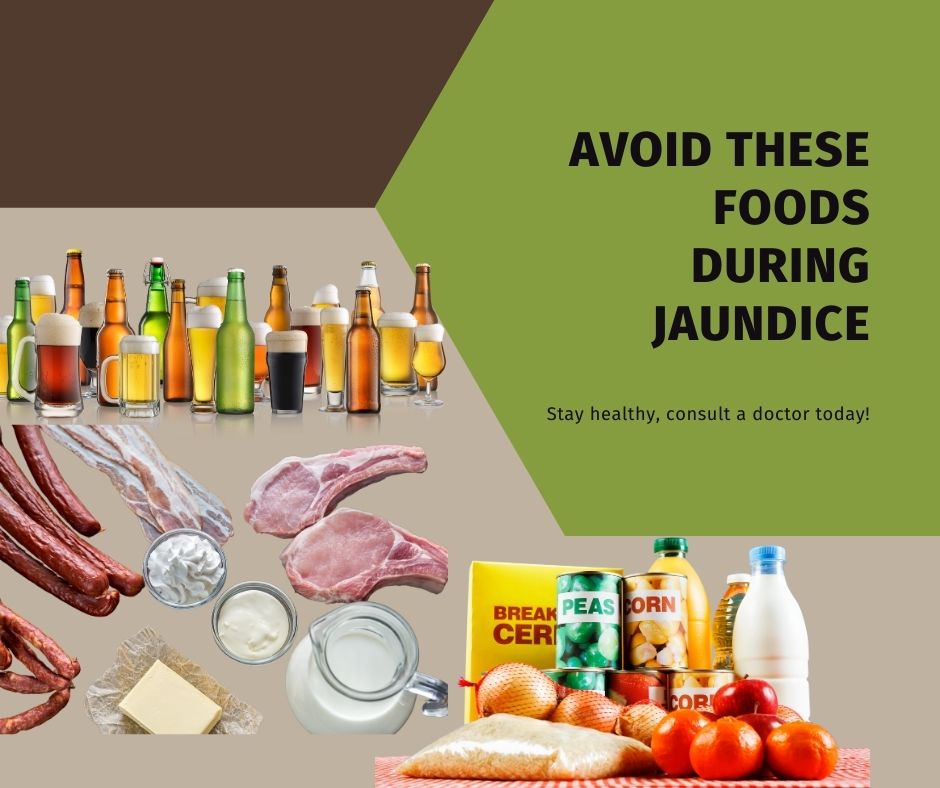
Optimizing Your Jaundice Diet: Nutritional Tips for Effective Healing
Table of Contents
- 1 Optimizing Your Jaundice Diet: Nutritional Tips for Effective Healing
- 1.1 Understanding the Development of Jaundice: Causes, Symptoms, and the Role of a Jaundice Diet
WHAT IS JAUNDICE?
Jaundice, or hyperbilirubinemia, is a condition in which the sclera of the eyes and mucous membranes become yellow. It occurs when the liver becomes impotent to break down bilirubin in the blood.
Jaundice or viral hepatitis is caused by viruses A, B, C, D, E, and G. Hepatitis A and E are the two most common types of jaundice, prevalent in hygienically compromised countries, and spread via infected food and water. The other types, B, C, and D, are transmitted through infected blood. Often, the failing liver is ignored, along with symptoms like prolonged fever. No to minimal treatment in the initial stages should be diagnosed and immediately treated. For more information about jaundice diet chart for patient contact us.
Understanding the Development of Jaundice: Causes, Symptoms, and the Role of a Jaundice Diet
Our body systematically breaks down the old RBCs to replace them with new ones. Bilirubin is formed during this breakdown process of the old RBCs. In normal conditions, the liver processes the produced bilirubin, resulting in bile. This bile is then released into the digestive system to emulsify the fat globules. Jaundice develops when the liver becomes incapable of processing the bilirubin to a great extent. Due to too much bilirubin in the blood starts leaking into the tissues, thus giving the skin and sclera of the eyes a yellowish tint. Yellowing of sclera and certain parts of the skin is the primary symptom of jaundice development.
As we’ve just discussed, jaundice is a disease caused by the malfunctioning of the liver. Hence, the diet should mainly aim to protect the liver from any further damage or stress. One can definitely avoid advanced cases of jaundice by following a healthy diet and lifestyle. The liver produces bile after bilirubin breakdown.
THE IDEAL DIET FOR JAUNDICE PATIENTS SHOULD BE:
Bile plays a role in digesting the fat globules in the gut. If the liver itself is incompetent, digestion of fats would be difficult as well. Therefore, the diet should not include high doses of fats.
The liver also plays a role in metabolizing toxins and medications. So, the ideal jaundice diet must have ample antioxidants so that the body builds up the least amount of oxidative stress.
WHAT TO EAT IN A JAUNDICE DIET
Although the essential food items preferable in a jaundice diet are pretty redundant, it is best if a jaundice patient consults a physician or a board-certified dietician like Rukhsana Azhar to curate a customized jaundice diet plan for the preferable diet for such viral hepatitis has been evolutionarily modified over generations. The diet should have 3000 kcal with 150g of protein supplemented with vitamins and minerals. In moderate to severe jaundice, it should have more than 2,000 kcal.

WATER
Drinking more and more water is the first step to envision a patient free of jaundice. A jaundice diet would preferably contain lots and lots of fluids. Water helps the kidneys flush out harmful toxins, which often start accumulating when the liver malfunctions. Even though juices could be a good option for a jaundice diet, water is the best out of the lot, as it is entirely free of any added chemicals or sugars, which would put pressure on the liver.
WHOLE GRAINS
Whole grains are an important source of dietary fiber and should be included in the diet of a jaundice patient. Whole grains are present in wheat, quinoa, brown rice, rye, and oats. Research shows that daily intake of whole grain food helps maintain a healthier liver and lessens the chances of liver failure.
FRESH FRUITS AND VEGETABLES
Fresh fruits and vegetables are loaded with vitamins, minerals, and antioxidants. These help in faster digestion and metabolism and are known to have nutrients that ease liver functions. Berries like strawberries, cranberries, and blueberries are loaded with antioxidant properties and should definitely be consumed fresh. Citrusy fruits like lemons, tangerines, and oranges also contain antioxidants and vitamin C. Fresh vegetable options include kale, spinach, lettuce, and cabbage. Other vegetables might consist of broccoli, cauliflower, and sprouts.
LEAN PROTEINS
Proteins are essential for tissue and muscle repair. However, it is best to avoid red meats like pork and beef, as jaundice patients’ digestive abilities are compromised. A balanced jaundice diet should include white meat sources like fish, chicken, and eggs. One could also use plant protein sources like rajma, beans, etc.
HEALTHY FATS
Like protein and carbohydrates, fats are equally important and should not be avoided entirely from a jaundice diet. Fat digestion gets highly compromised in jaundice patients, so one should consult a dietician in such a case or refer to the 7-day diet plan for jaundice patients provided on the DIET4UWELLNESS website. Polyunsaturated (PUFAs) and monounsaturated (MUFAs) are the two healthier fat options and should be included in a jaundice diet plan. PUFA and MUFA-containing foods include nuts like walnuts and cashew nuts. Seeds like pumpkin and sunflower seeds also provide PUFAs and can be easily incorporated into daily meals. Omega-3 fatty acids in some fish also contain high portions of PUFAs, thus taking care of the liver.
IRON-RICH FOOD
In cases of anemia-induced jaundice, iron-containing foods like spinach, banana flowers, and legumes should be added to the daily diet, along with steroid medications.
WHAT TO AVOID IN A JAUNDICE DIET

Alcohol: This goes without saying. Alcohol is problematic to break down when the liver is already at risk from jaundice. To prevent any further harm to the liver, alcohol should be thoroughly checked.
Saturated and trans-fats: Trans-fat is very common in the oily street food that people often treat them with. However, they do not benefit our system; it becomes difficult to break them down.
Packaged/canned food items: These are full of artificial preservatives, chemicals, and salts to increase their shelf lives. Such high salts dehydrate one’s system, making proper removal of toxins and digestion a far more difficult task.
7 DAY DIET CHART FOR JAUNDICE PATIENT
| Monday | Tuesday | Wednesday | Thursday | Friday | Saturday | Sunday | |
| Breakfast | A bowl of cornflakes (1 cup) with ½ cup skimmed milk with organic honey. | A fresh bowl of fruit salad containing papayas, oranges, lemons and berries like strawberries and blueberries. | 2 avocado toast with a glass of spinach juice and a banana. | Whole wheat toasted bread with 1 boiled egg and one fresh apple. | A banana smoothie with one teaspoon natural honey in it. | A bowl of plain oats with a cup of coffee. | 1 bowl of fresh vegetable salad along with a glass of skimmed milk. |
| Lunch | 2 roti with a bowl of fish stew and green salad on the side. | One cup of Brown rice along with mashed potatoes and mixed vegetable soup. | 1 cup of brown rice along with chicken and potato curry. | A bowl of boiled vegetables along with boiled eggs on the side. | 2 Roti along with roasted mutton along with fresh orange juice. | 1 cup of brown rice along with chicken curry and mashed potatoes. | 2 Roti along with fish curry and boiled vegetables. |
| Dinner | A cup of brown rice along with cooked spinach along with unsweetened custard. | A cup of brown rice with scrambled eggs and boiled potatoes. | ½ a cup khichdi with green vegetables. | 2 Rotis with baked chicken along with lentil soup. | A cup of boiled brown rice with chicken stew and mashed potatoes. | A cup of brown rice with pumpkin and potato curry along with an apple. | 1 cup of rice and a bowl of chicken curry and spinach soup. |
FAQS REGARDING DIET FOR JAUNDICE PATIENTS
Can one eat average regular food in an Indian jaundice diet?
Yes, one can definitely have normal and regular food in an Indian jaundice diet; however, certain restrictions need to be taken care of. A well-balanced diet is preferable for a healthy liver, thus helping in faster jaundice recovery.
What fast foods can one eat in a jaundice diet?
Fast foods are often made in unhygienic conditions and contain saturated and trans fats, which are extremely harmful to health. They accumulate in the blood vessels, thus increasing blood pressure and affecting health. Also, as the liver is affected, its ability to produce bile and emulsify fats is reduced to a considerable extent. Thus, the consumption of such trans fats would do more harm than good. Hence, fast foods should be strictly avoided in a jaundice diet.
Which fruit is best for a jaundice diet?
Berries like strawberries and blueberries, which contain high amounts of antioxidants, and citrus fruits like lemons and oranges, which contain high amounts of vitamin C, should be added to the jaundice diet for better liver recovery and health.
Can certain foods cause jaundice?
Consumption of a food item would not cause jaundice directly. Jaundice is caused when the bilirubin content in blood increases to more than usual. Bilirubin accumulation happens when the liver can no longer break into bile. So, food damaging the liver would indirectly cause jaundice. Therefore, alcohol should be strictly avoided from a jaundice diet. Alcohol considerably deteriorates liver health at an exponential rate.
Which food increases bilirubin?
Past research has shown that flavonoid-rich fruits increase bilirubin levels in the blood. Fruits like peaches and apples are rich in flavonoids and thus should be removed from a jaundice diet.

Hello My Name is Dt. Ruksana Azhar and I am a certified dietician and providing online & offline services for Weight Management, PCOS/PCOD Management, Diabetes Management , etc. I have 12+ years of experience in the Apollo Hospital Delhi , Max Super Specialty Hospital Delhi, Lilavati Hospital Mumbai and VLCC healthcare Mumbai. I loves to write healthcare and lifestyle related blog. My favorite part of being a doctor is the opportunity to directly improve the health and wellbeing of my patients and to develop professional and personal relationships with them.



